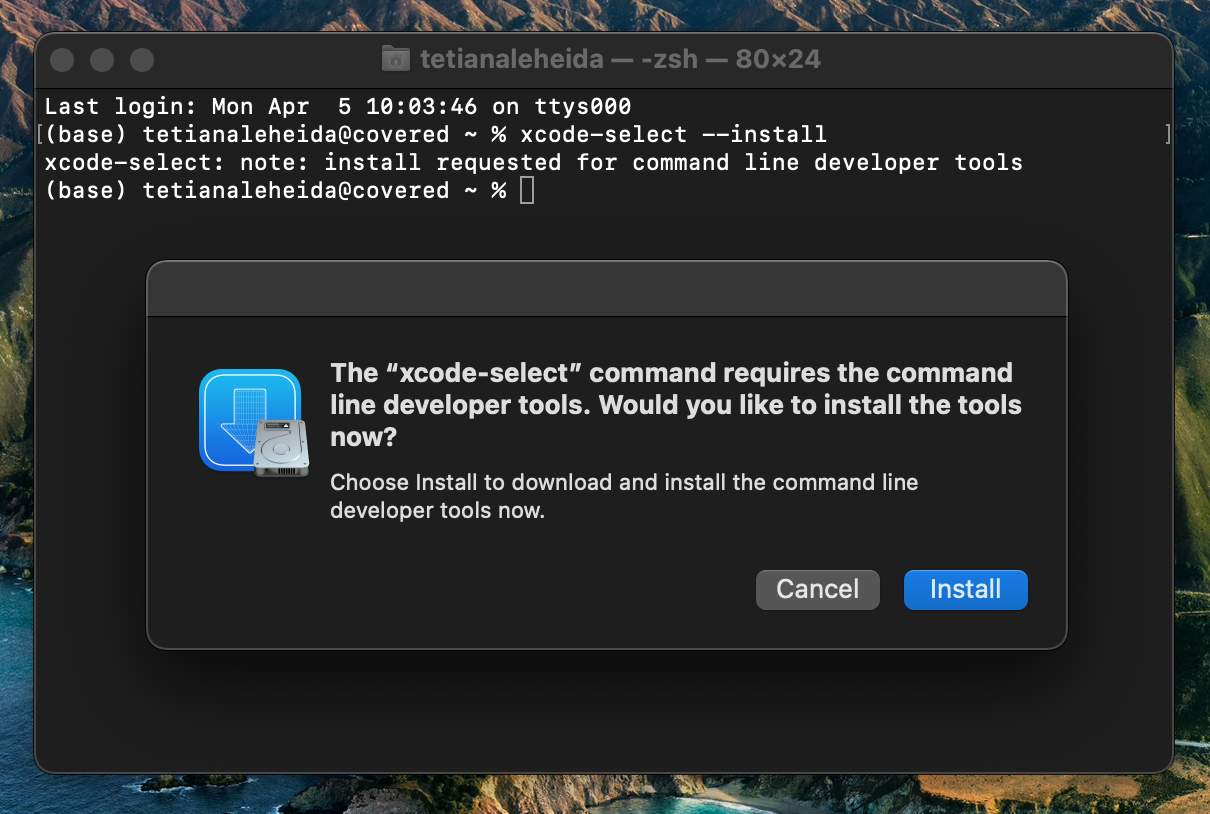

I encountered a couple issues with this new installation, both related to the fact that Homebrew had moved from /usr/local/bin. After that I recommend going over any config files or profile files you have that might contain any references to Homebrew or Homebrew packages you have installed. This may take a while if you have a lot of packages so probably best to have an actual beer nearby.
#INSTALL HOMEBREW ON MAC M1 PRO INSTALL#
You can tell brew to install everything with brew bundle install -file /path/to/Brewfile. Once this is done, you’ll need to copy over your Brewfile from your Intel Mac. Most importantly, it adds /opt/homebrew/bin to your path: export PATH="/opt/homebrew/bin:/opt/homebrew/sbin$".
#INSTALL HOMEBREW ON MAC M1 PRO SERIES#
It creates a series of environment variables, including HOMEBREW_CELLAR="/opt/homebrew/Cellar" and HOMEBREW_REPOSITORY="/opt/homebrew" and several others. Now this command will run each time you start a new shell instance. The easiest way to do that is to follow the instructions Homebrew spits out after installation.Īdd eval "$(/opt/homebrew/bin/brew shellenv)"' to your. This new location is not part of your default PATH, so you’ll need to add it. Remember, Homebrew is now going to install packages in /op/homebrew/bin. = > Next steps: - Run these two commands in your terminal to add Homebrew to your PATH: echo 'eval "$(/opt/homebrew/bin/brew shellenv)"' > /Users/joshalletto/.zprofile eval " $( /opt/homebrew/bin/brew shellenv ) " - Run brew help to get started - Further documentation: Here’s part of mine to give you an idea of what it looks like. This will create a Brewfile, which is just a list of all packages that have been installed with brew. Th first thing you’ll want to do is run brew bundle dump on your Intel Mac. No need to worry though, reinstalling everything on M1 is easy, it just may take a bit of time. But if you’re trying to migrate from an Intel Mac you won’t be able to just move packages that were once in /usr/local over to /opt/homebrew. If you’re coming to M1 Mac fresh, without any old projects or profiles, you probably won’t notice Homebrew will work as it always has. So in the long run this is a positive change, but not without a few growing pains along the way. Other package managers have been using /opt/ for a while now.There are security concerns with using /usr/local/bin.Homebrew is not the only tool that installs things in /usr/local/bin and so the potential for conflicts has always been an issue.It could be possible to move everything back to /usr/local/bin in the future, but there are other reasons for sticking with /opt/homebrew even after the Intel Macs are long gone. This was written and shipped with heroic speed to help prevent strange issues with bleeding edge users on the first consumer Apple Silicon Macs. In #9117, we switched to a new prefix of /opt/homebrew for installations on Apple Silicon. The the main motivation for the change was to allow the transition from Intel to Apple Silicon. Once you press Enter, it will begin the installation process and will also dump the logs of the process.Since /opt/homebrew/bin is not included in your PATH by default, there is some extra configuration needed to allow you to use packages installed with Homebrew.

Running this command will ask you for the password, and then It will provide you with the information of what all it will install and which new directories it will create. To Install HomeBrew open the Rosetta Terminal and run the following command /bin/bash -c "$(curl -fsSL )"

Now I have two iTerm2 applications, one that runs default settings and another that runs using Rosetta. Right click on the newly created copy and choose Get Info, Click the Open with Rosetta option to be marked checked. Rename the newly created copy to be Terminal Rosetta (iTerm2 Rosetta in my case). This will create a copy of your Terminal in the Applications folder. Go to your applications folder and locate your favourite terminal, I use iTerm2, Right click on the terminal icon and choose Duplicate. Here is a brief tutorial for you to Install and use HomeBrew on M1 Macs Make a duplicate of your Terminal for Rosetta If you are one of the early developers who adopted M1 Mac and willing to use HomeBrew on the latest silicone chip.


 0 kommentar(er)
0 kommentar(er)
